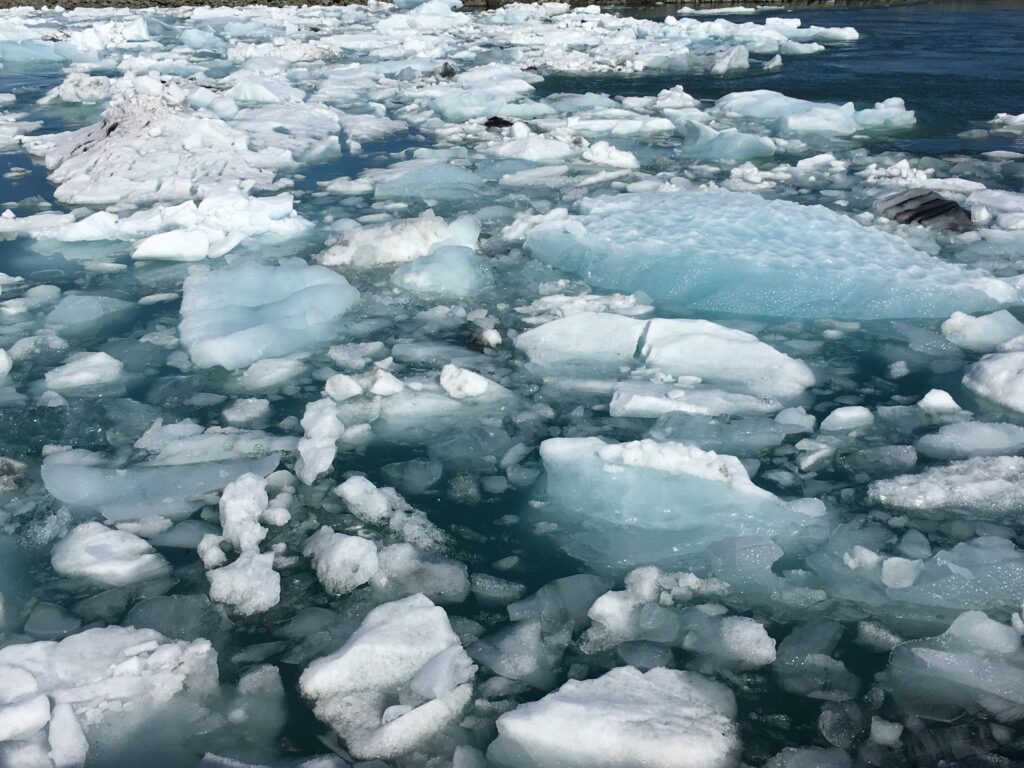Drastic temperature change
Climate change is no longer just a prediction, it is now a stark reality. Our world is undergoing a significant climate change. It is a key factor in our day-to-day lives. We are witnessing it in record temperatures, for example in Manises (Valencia) in August 2023, which reached 46.8°C.
These are not merely figures in a report; they are scorching heat waves, they are prolonged droughts, and they are extreme weather events that are becoming increasingly common.
There is clearly an urgent need to adapt. We require innovative and adaptive solutions that enable us to address these climate challenges in an efficient and sustainable manner.
Impact on commercial refrigeration
The climatic situation poses a challenge for traditional refrigeration systems. While opting for more efficient units, such as closed cabinets, is a good start, it is not enough. Environmental conditions affect systems of all sizes, whether small or large.
Changes need to be made to installation systems and the way components are calculated and sized and the focus must be shifted to solutions that address any needs and shortcomings that are identified.
Major problems for systems
- Failure due to high pressure
Current systems are not designed to withstand temperatures of 46.8°C or above. When faced with these extremes, they fail. Even more worryingly: in the coming years we are expected to reach temperatures in excess of 50°C, beyond the capabilities of most current systems.
It is essential that new systems are designed with these high temperatures in mind from the outset, to prevent their potential failure. It is also imperative to review and overhaul existing systems to ensure that they can operate effectively under these extreme conditions and to prevent possible failures.
- Gasification in the liquid line
In high-temperature environments like those we are currently experiencing, gasification problems often occur, especially in systems that use CO2. Keeping the liquid subcooled at the unit’s inlet is vital to maintain optimal performance and efficiency.
The design of new systems should prioritise ensuring that this subcooling is maintained even under the most challenging conditions that are anticipated. Furthermore, it is imperative to review and overhaul existing systems to ensure that they can operate in these extreme circumstances. This preventive approach is essential for avoiding potential problems and maintaining the efficiency of these systems under extreme environmental conditions.
- Conditions and options
Climate change is unquestionably a reality. Every year, the days when temperatures reach 40°C or above are becoming increasingly common. This trend is having a major impact on supermarkets. Traditional solutions, like using water to improve condensation, are not sustainable. We need to prioritise efficient cabinets and equipment that can operate under these extreme conditions.
Major problems for systems
- Condensation
Refrigerator units are designed to operate at 25°C and 60% relative humidity (RH), but these conditions – especially the RH – are often exceeded, especially at nights and weekends when the weather becomes more extreme. Even energy-efficient climate systems can increase the RH inside shops, hampering the optimal operation of these closed cabinets.
These problems are likely to increase, which may require us to rethink the environmental conditions for which units are designed or add accessories to improve their adaptability. It is essential that existing units are overhauled and fitted with these options to improve their performance in ever-changing conditions.
- Inadequate liquid supply and downtime due to system failure
When they are full of products, refrigerator units act as energy accumulators, allowing them to continue to operate for prolonged periods of time, even when the system suddenly shuts down or when there is a temporary failure in the liquid supply, seemingly without any significant changes. However, despite this semblance of normality, the negative consequences can still be found inside them. Moisture that is not removed from the evaporator condenses on products and internal metal surfaces, having a negative effect on their appearance and quality.
This problem poses a challenge, as the solution is not straightforward unless it involves making adjustments to the system itself. Resolving this build-up of frost will require specific cleaning and maintenance to be performed on these units on a regular basis, thereby addressing the visible consequences of this process.
PROPOSAL - UNITS AND SYSTEMS

Our aim is to find solutions that are simple, safe and sustainable. We want refrigerator units and systems that are easy to deploy, ensure safe operation and, at the same time, are environmentally friendly.

SAFE

SIMPLE

SUSTAINABLE
This is why we have created Nexus, a new range of ultra-efficient units that bridges the gap between the technologies of the present and future.






